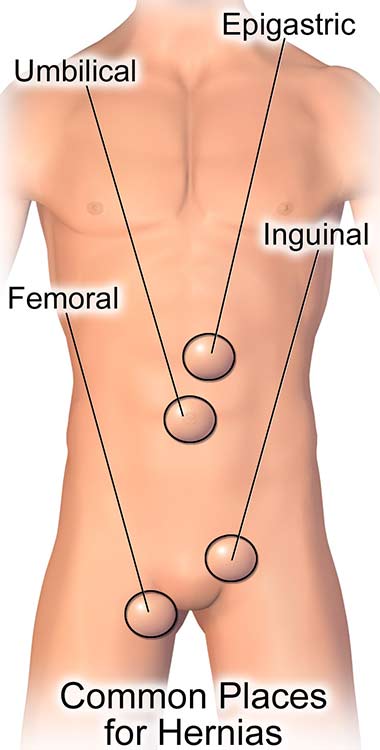 Wirral Surgeon
Excellence for Life
Wirral Surgeon
Excellence for Life
Condition treated
The most important point to remember is that everyone with a bowel problem can be helped and many can be completely cured.
It is never too late to get help with your bowel problems. If you would like some advice on how to approach your GP regarding your bowel problem do get in touch.

About Hernias
A hernia is abnormal exit of tissue or an organ, such as the bowel, through the wall of the cavity in which it normally resides.
Most commonly hernias involve the abdomen, specifically the groin.
About Hernias
A hernia is abnormal exit of tissue or an organ, such as the bowel, through the wall of the cavity in which it normally resides.
Most commonly hernias involve the abdomen, specifically the groin.

Symptoms
Some hernias produce no symptoms. However, most cases are associated with:
If a hernia cannot be pushed back and becomes very tender it might become strangulated (the organ contained in the hernia sac loses its blood supply); this is a surgical emergency.
Diagnosis
Most hernias are diagnosed by clinical examination alone. In some cases an Ultrasound Scan (US) or even a Computed Tomography (CT) scan might be needed to exclude other conditions or delineate the anatomy prior to surgery.
Treatment
In babies, umbilical hernias may heal themselves within four years, making surgery unnecessary. For all other hernias, the standard treatment is conventional hernia-repair surgery. Some hernias (bilateral groin hernias, recurrent hernias, incisional hernias) are better repaired laparoscopically (key-hole surgery).
Increasingly hernia repairs are performed using synthetic mesh, which reduce rates of recurrence to below 5%.
In most cases surgery is performed as a day-case, under a general, spinal or local anaesthetic, depending on the hernia characteristics, patient preference and co-existing diseases.
There are usually no dietary restrictions, and work and regular activity may usually be resumed in one or two weeks. Complete recovery takes 3 to 4 weeks with no heavy lifting for 2 to 3 months.
Complications
Although hernia surgery is considered straightforward, complications can sometimes occur: